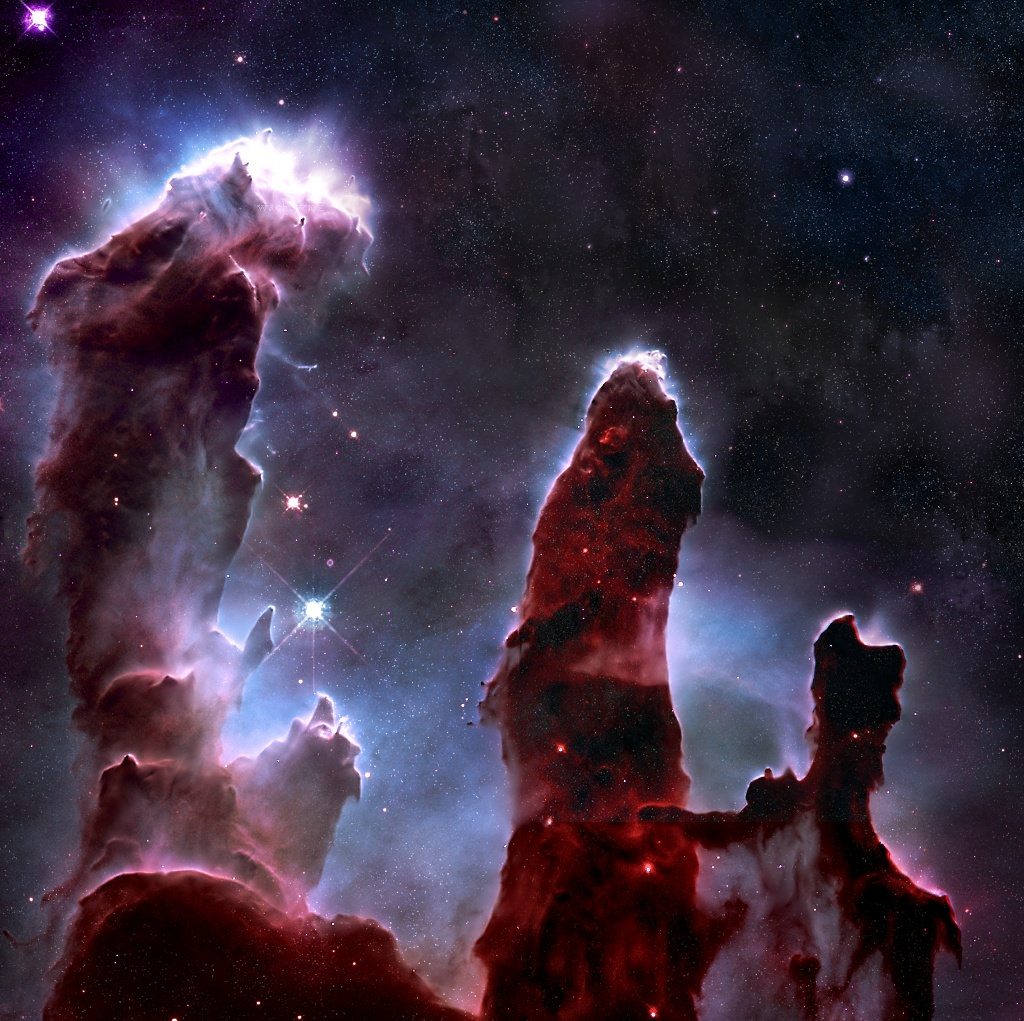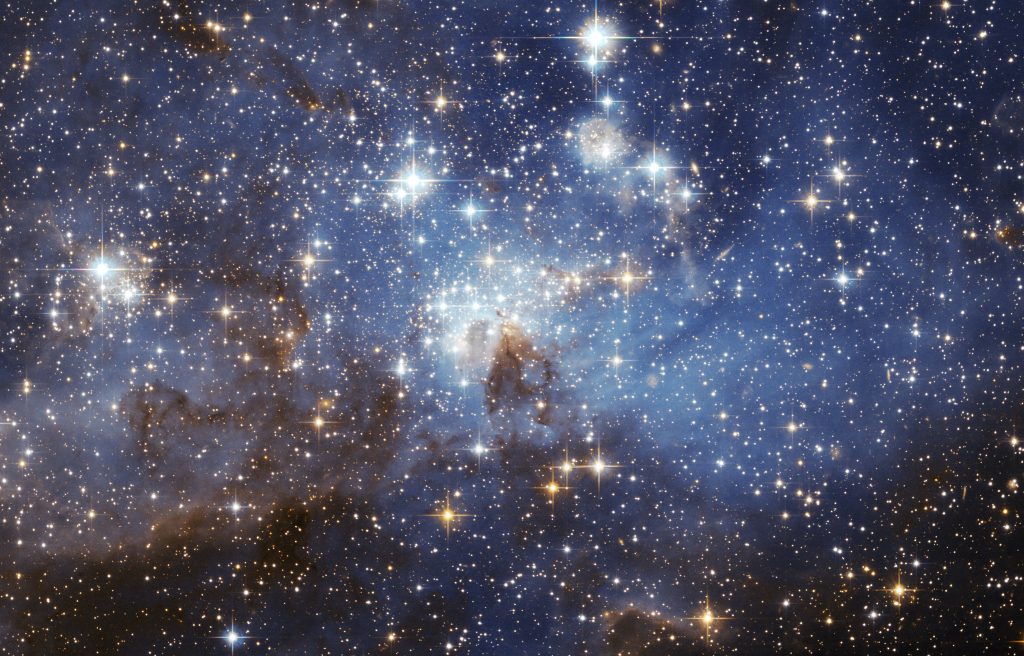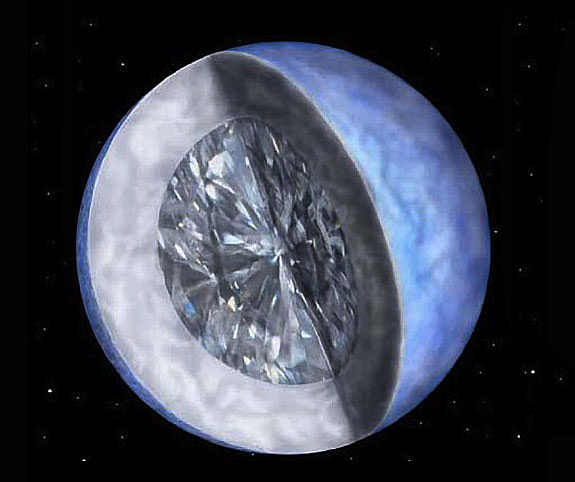Let’s talk about stars. These bright, shiny diamonds in the sky (#Rihanna), have proved to be an ideal muse for an artist, a pathway for the navigators (well “stars will guide you home” ain’t just a song) and the perfect mystery for scientists. But what are they? What is the life cycle of a star?
Stars are huge astronomical bodies that are the building blocks of a universe. They are huge balls of gas and plasma held together by their own gravity. They can be of varied sizes and colors. Enormous stars are blue in color, smaller ones are red whereas the medium ones like our sun are yellow or orange-ish in color.
The lifespan of the star depends on its size, larger the star, smaller its lifespan (even though they live for billions of years).

Here are the different phases of the life cycle of a star!
1. Birth of a star
The life cycle of a star begins when a star is a born. The formation of stars takes place in huge clouds of gas and dust called Nebula or Stellar nursery. Turbulence in these clouds leads to collapsing of a part of it, which gives rise to Gravitational energy. This gravitational pull attracts more and more particles and ions which also increases the temperature at the core. When this temperature rises to epic proportions (up to 10 million kelvin) nuclear fusion begins-fusion of hydrogen atoms to form Helium. Once this process starts, it’s repulsive nature balances the collapsing gravitational nature of the previous body. Furthermore, the release of energy makes it glow, and thus a star is born.

2. Life of a Star
The life cycle of a star is a continuous battle between the forces of gravity, that wants to collapse the star, and the outflow of energy from nuclear fusion that wants to blow up the star. These forces balance each other out and these reactions sustain the star for billions of years. The larger the star the faster burning of hydrogen and hence the shorter it’s lifespan.

3. Death of a Star
The life cycle of a star ends with its death. What happens after the death of a star depends on its mass. The really big ones, when they run out of hydrogen start a fusion process with helium which keeps on increasing the temperature. This continues until the formation of iron. Iron absorbs energy. Thus gravity wins and the star begins to collapse and become dense until a huge explosion called the supernova occurs. It disperses the elements formed, in the universe, leaving behind a black hole (or a neutron star).
The expansion turns them into a Red Giant. Soon the outer layers are expelled leaving behind the core called as a white giant (inside it is carbon at very high pressure, so basically it’s a huge diamond).

This is the end of the life cycle of a star. The matter expelled is may start turbulence in a nebula starting the formation of another star. Or it may also form planets. Interestingly this proves that the formation of the earth and everything on this planet is because of a star’s death and this includes us HUMANS, too.
So, next time you feel low, just remember, “We’re made of the star stuff”. 😉
Like us on Facebook
Follow us on Instagram